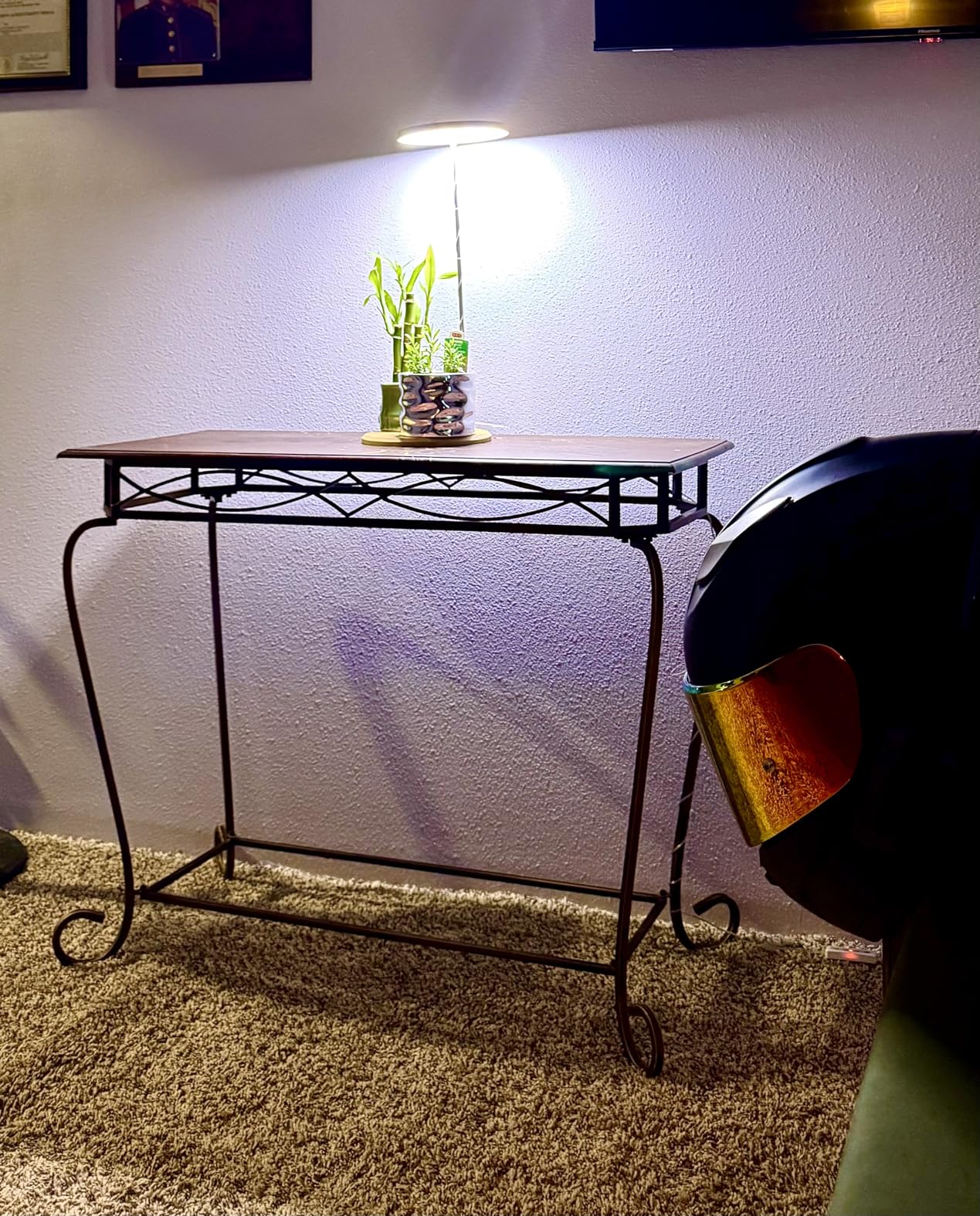Why Grow Lights Are Essential for Photosynthesis in Indoor Plants

Why Grow Lights Are Essential for Photosynthesis in Indoor Plants
If you’re growing plants indoors, lighting is everything. Without enough light, your plants can’t perform photosynthesis, the core process that fuels their growth. In this article, we’ll explore how LED grow lights support healthy indoor plants, which light spectrums matter most, and why artificial lighting is a must-have for successful plant care.
What Is Photosynthesis and Why Does It Need Light?
Photosynthesis is the process by which green plants use light, water, and carbon dioxide to produce food (glucose) and oxygen. For this to happen effectively, plants need adequate and specific wavelengths of light.
Key Takeaway:
Without the right light, photosynthesis slows down—resulting in stunted growth, yellowing leaves, and weak plants.
Why Natural Light Isn’t Always Enough Indoors
Even if your room has windows, indoor light levels are often too low for many plant species. Common limitations include:
-
Short winter days
-
Shaded or north-facing windows
-
Indoor placement far from light sources
-
Rooms without windows (e.g., bathrooms, basements)
Solution:
Using a grow light for indoor plants ensures consistent light exposure that supports full-cycle photosynthesis, especially for light-loving species like herbs, tomatoes, succulents, and tropical plants.
How Grow Lights Support Photosynthesis
Modern LED grow lights are designed to mimic sunlight by delivering the full spectrum of light, especially the most important wavelengths for photosynthesis:
Blue Light (400–500nm)
-
Promotes leaf and stem growth
-
Ideal for seedlings and vegetative stages
-
Helps plants stay compact and vibrant
Red Light (600–700nm)
-
Triggers flowering and fruiting
-
Crucial for mature plants
-
Supports energy storage and sugar production
By combining these spectrums, grow lights maximize photosynthetic activity and help plants grow faster and stronger indoors.
Light Duration Matters Too: The Role of Timers
Besides spectrum, plants need sufficient duration of light to complete the photosynthesis cycle. Most indoor plants require 12–16 hours of light per day. This is where automated grow light timers (like Yadoker’s 8/16, 12/12, or 16/8 modes) make a big difference.
Example Light Cycles:
-
16 Hours On / 8 Hours Off – Best for seedlings and leafy greens
-
12 Hours On / 12 Hours Off – Great for maintaining mature houseplants
-
8 Hours On / 16 Hours Off – Ideal for flowering phase or light-sensitive plants
Timed lighting ensures your plants follow a natural circadian rhythm—enhancing both photosynthesis and rest.
Benefits of Grow Lights for Indoor Plant Health
Using grow lights to support photosynthesis delivers clear advantages:
-
✅ Accelerates growth and maturity
-
✅ Prevents leaf drop and yellowing
-
✅ Boosts flowering and fruiting
-
✅ Supports plant health year-round
-
✅ Enables gardening in low-light or windowless spaces
Best Types of Grow Lights for Photosynthesis
When shopping for the best grow light for photosynthesis, look for:
-
Full-spectrum LED grow lights
-
Adjustable brightness and timing
-
Energy-efficient and heat-safe designs
-
Custom light cycles for different plant stages
💡 Pro Tip: Brands like Yadoker offer all-in-one grow lights with automatic timers and spectrum-optimized LEDs—perfect for beginners and experts alike.
Frequently Asked Questions (FAQ)
Q1: Can plants survive indoors without sunlight?
Some low-light plants may survive, but all plants need light for photosynthesis. Grow lights are essential for long-term plant health indoors.
Q2: How many hours of grow light do indoor plants need?
Most indoor plants thrive with 12 to 16 hours of light per day, depending on species and stage.
Q3: Are LED grow lights better than fluorescent or incandescent lights?
Yes. LED grow lights are more energy-efficient, emit less heat, and can be tuned to the specific wavelengths plants need for photosynthesis.
Q4: Can I leave grow lights on 24/7?
No. Plants need a dark period to rest and complete certain biological processes. Use a timer to simulate natural day-night cycles.
Final Thoughts
If you want lush, vibrant indoor plants, supporting photosynthesis with grow lights is non-negotiable. From mimicking sunlight to delivering essential red and blue light, grow lights create the optimal environment for plant growth—even without a single window. Whether you're growing herbs in your kitchen or building an indoor jungle, a well-designed grow light system is the foundation of your plant’s health and success.
